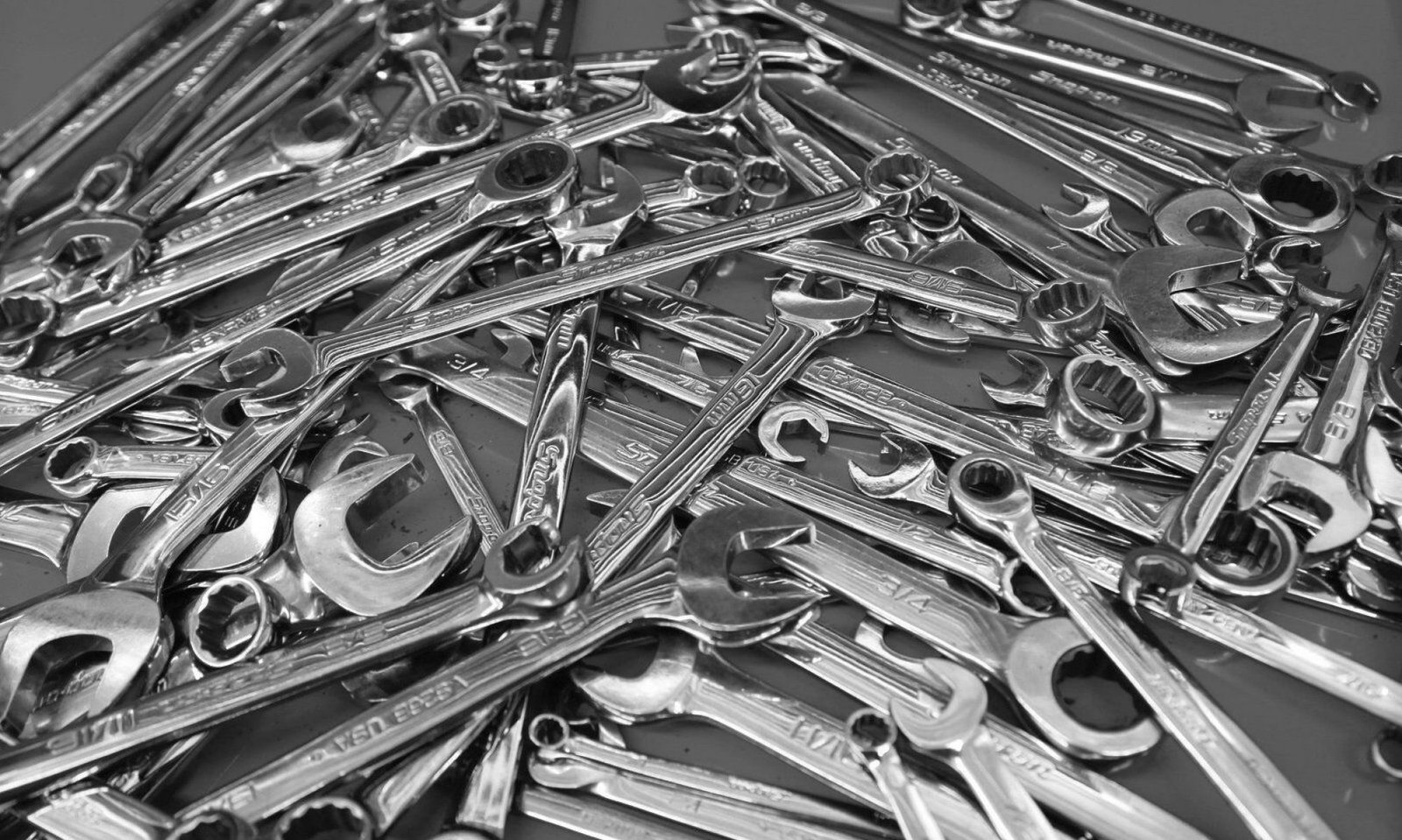BMW motorcycle timing, tuning, and carbs (twin cylinders)
Here are some BMW tuning considerations
It is only natural to want to keep your BMW tuned. Questions keep coming up about the two carbs and how to synchronize them. Do you have a “hard to start” BMW motorcycle?
These are only some of the factors in tuning. This mental exercise is not intended to be important to anybody. The net effect may be to confuse some riders. Amazingly, they run so well with all of these factors affecting the tuning.
1. The BMW twin is two engines with a common crankshaft. In all tuning aspects, they must be treated as being two separate engines.
2. The BMW exhaust systems are of a different length due to the staggered cylinders. So they tune differently. A crosswind can change the backpressure between the two sides.
3. The BMW twin intake is not exactly symmetrical for each side.
4. From 1970 until about 1980, the right side had some crap (crankcase fumes) dumped into it from the crankcase breather. This changes the tuning slightly. It’s especially noticeable at lower rpm.
5. The Bing carbs are pretty consistent, but I have found differences between them, don’t assume.
6. The BMW valves may seal unevenly. Same for the rings. Remember the time that you rode for 2 hours in a crosswind? That is when you forever changed the two sides because the cooling was different.
7. If the compression is different between the two sides, then one can’t expect to balance them. Compression is measured at a very low rpm. At higher rpm, they can act differently, and we can’t even measure it.
8. Do you think that the camshaft was made with equal lobes? Maybe so, but do you think that they wore equally? Not likely.
9. Often, the ignition timing is slightly different between the two cylinders. Why even think that these two cylinders also need the same timing? Proof that they don’t is that when one encounters a ping (pink in the UK), it is usually worse or only on one cylinder.
10. The BMW timing advance curve is mechanically derived, not “need” derived. The ideal timing is to be retarded enough to be just under the ping timing at all rpm. To determine that, one must have the ability to change the timing of each cylinder under load independently. Then find the optimum timing increments of 50 or 100 rpm. Then you would see the ideal timing curve. There is no way to get that mechanically or electrically. The perfect curve for each cylinder might differ from each other and from the curve provided by the advance mechanism. That’s why one can find that the pinging will be slightly different in each cylinder as it goes through the “ping” rpm range. One may even find that it only pings on one cylinder.
11. Have you ever used vacuum gauges to tune the carbs and found them to be way off? It is possible, even easy, to get the vacuum equal with the settings at idle and have them run quite differently, even badly, especially at a higher rpm. A person with experience and sensitivity can tune them faster and better by ear than anyone using only gauges. It is natural to want a “magic” fix, but all the gauges and level tubes filled with something are a very poor way to do it. Sorry, but you need to “know something” to do the job well.
12. To adjust the cables to pick up at the same time is one way. The error in that thinking is that the two engines (cylinders) won’t rev up at the same horsepower vs. rpm rate. Then, at road speed, they may be putting out different amounts of hp. We call that “vibration.” Some vibration is normal and is due to the offset cylinders.
13. Another way is to take the engine up to 3500 rpm, short out one spark plug at a time, and adjust the cables for equal rpm. This won’t produce equal HP (low vibration) at that rpm, but it will get you into the ballpark. The reason is that the two cylinders usually produce a different amount of horsepower at any one rpm. The two sides aren’t able to contribute equally to work. I don’t approve of that method of balancing the carbs because it doesn’t work well.
14. The choice is easy for the touring rider. One will find that a narrow range of rpm will be normally used on the road. At this rpm, adjust the throttle cables for minimum vibration. Just know and accept that it won’t be optimized at any other rpm. More info on this procedure is at the end of my controls page.
14. The sports rider must accept that it will never be “perfect” at any rpm.
14. Let’s throw in the fact that your engine will want different timing and mixture at different ambient temps, pressure, and humidity.
The bottom line on carb tuning for the BMW twin
A good BMW twin tuner with a lot of experience will rarely find a perfectly tuned engine. Each of my mechanics went through a “crazy period” when they were learning to tune carbs. While riding their bikes, they would reach down every few minutes and do a slight tweak on a carb. Eventually, they learned to accept that it would never be perfect. The very best that you will ever achieve is a workable compromise. Be happy.
Trivia
The Bing carbs are or were made by a company named Fritz Hintermayer Gmbh in Germany. There was no company called Bing when I was in business. They were very good to me. I purchased dozens of new carbs, and the delivered price was about $5 a carb. That included the carb, shipping, and customs.
To adjust the Bing carbs on the /2
Updated 30 March 2023
